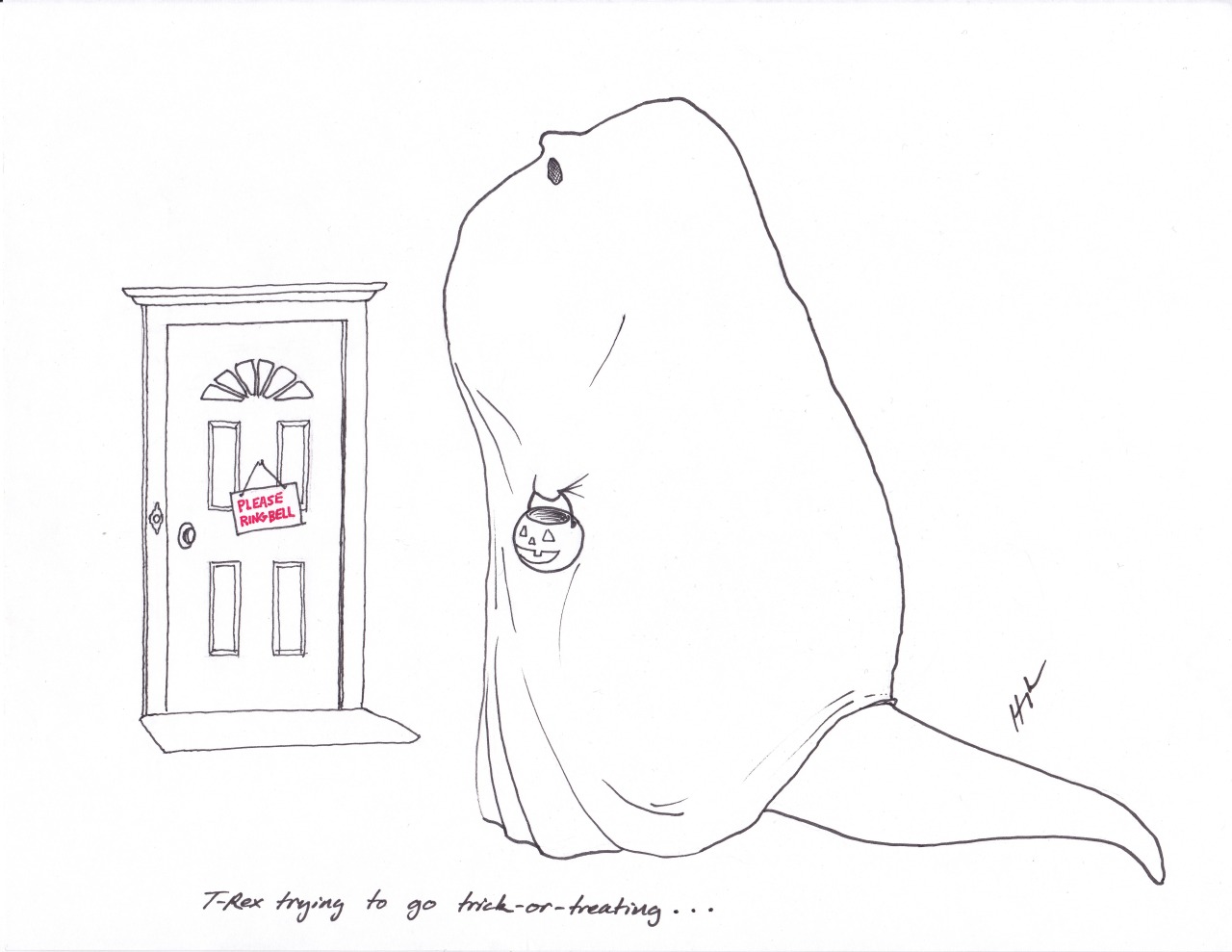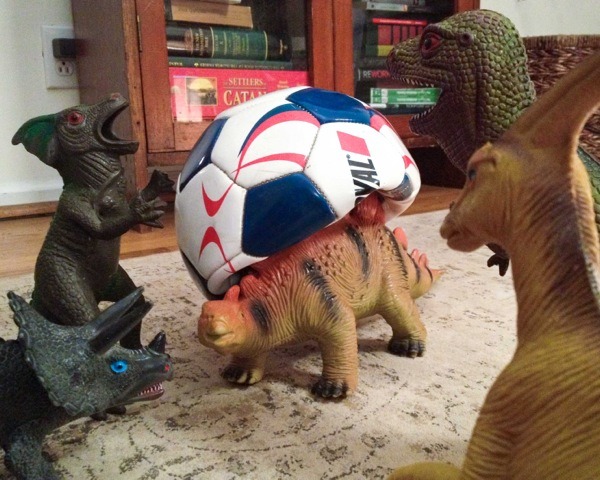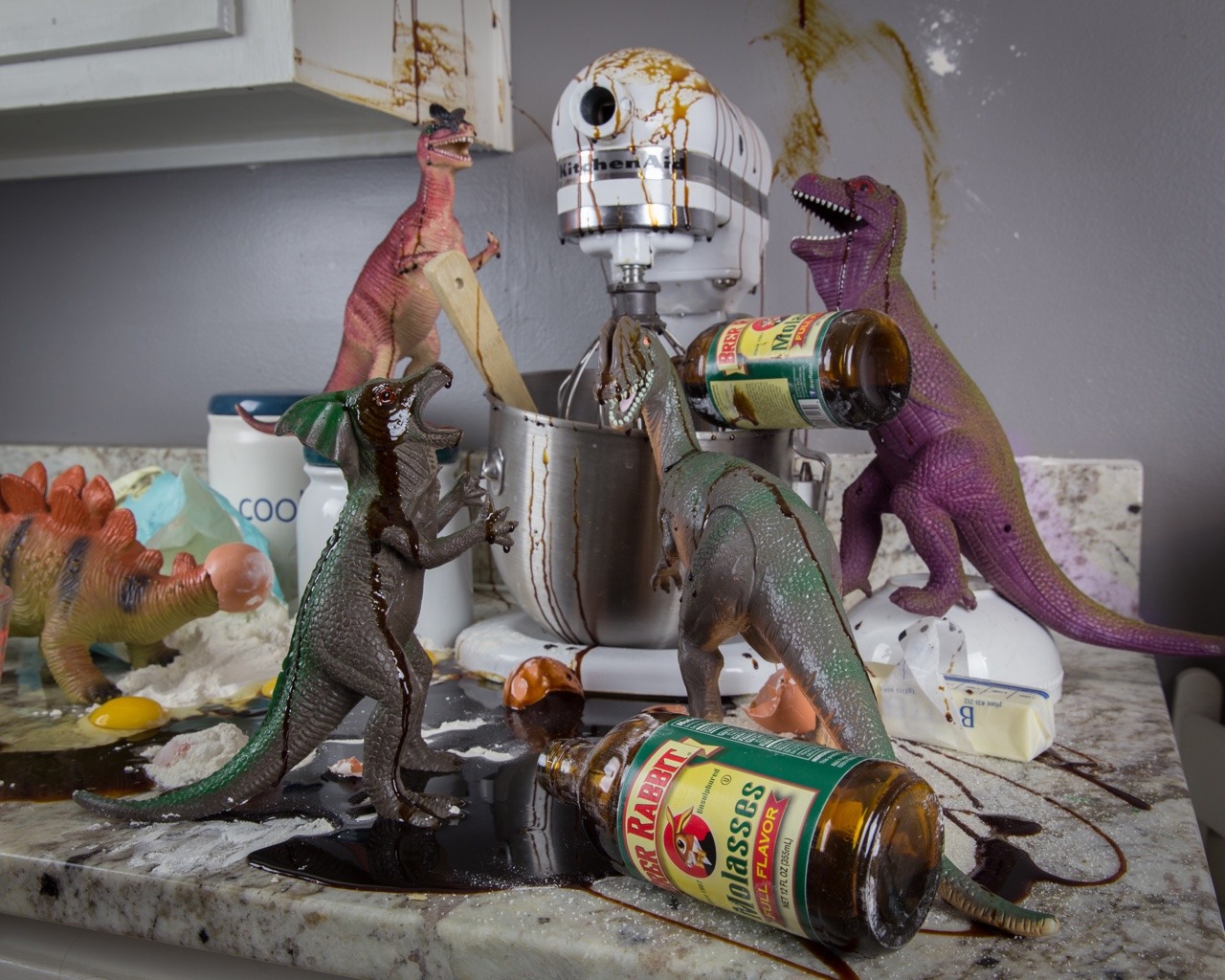Pixar's orphan movie "The Good Dinosaur" has a new parent — and a new story.First-time
feature director Peter Sohn, an artist at the studio in Emeryville,
Calif., since 2000, unofficially took over the film a few months after
Pixar executives removed its first director, Bob Peterson, amid creative
concerns in the summer of 2013.
Over the last year, Sohn has been quietly streamlining the story, a
buddy comedy about a teenage dinosaur and a human boy, in preparation
for a November 2015 release.
"The heart of the story remains the
same," Sohn said, in an interview last week. "It's always been about
this young dinosaur growing up. But the world itself has changed a lot.
Nature has become a character."
Director changes are relatively
common in animation in general, where multi-year production schedules
can test a person's creative and managerial stamina, and at Pixar in
particular, where "The Good Dinosaur" was the fourth of the studio's
last eight films to see a swap.
But
the midstream move caused a cascade of headaches for Pixar and for its
parent company, Walt Disney Co., which pushed "The Good Dinosaur's"
release date back 18 months from May of 2014.
The timing change
left Pixar without a 2014 film, bumped Andrew Stanton's anticipated
"Finding Nemo" sequel, "Finding Dory," to 2016 and caused the company to
lay off 50 employees.
"For Pixar it was a dramatic event," said
Jim Morris, the studio's general manager and executive vice president of
production. "It was tough on the company. Most studios would have said,
'The movie's fine. It's not bad.' And it wasn't bad; it just wasn't
great. We wanted to have a great movie."
At the time, Pixar's leadership, including studio president Ed
Catmull, felt Peterson was creatively stuck on the film and was proving
too slow to make important story decisions. Sohn had been serving as
Peterson's co-director, a position akin to that of a deputy at Pixar.
As
in Peterson's version, the film still posits that an asteroid never hit
the Earth and the dinosaurs never went extinct; a teenage Apatosaurus
named Arlo takes a wild, young human boy named Spot as a pet.
Sohn
has jettisoned some of Peterson's signature ideas, such as modeling the
dinosaurs on Amish farmers, and added new elements, including treating
nature as the film's antagonist.
"When
Bob was taken off, I was supporting the film as best I could," Sohn
said. "It felt like, this child, this film still needs to be raised. It
was just about how to take care of the thing at that time. ... Trying to
keep the original vision of this film intact and trying to plus it as
well."
In taking over the film, Sohn, 37, becomes part of a new
generation of directors succeeding Stanton, Pete Docter and "Toy Story
3" director Lee Unkrich, all of whom are in their late 40s.
Born
in the Bronx to Korean immigrants, Sohn got a summer job working on Brad
Bird's 1999 animated cult classic "Iron Giant" while studying animation
at the California Institute of the Arts.
See the full article here









































